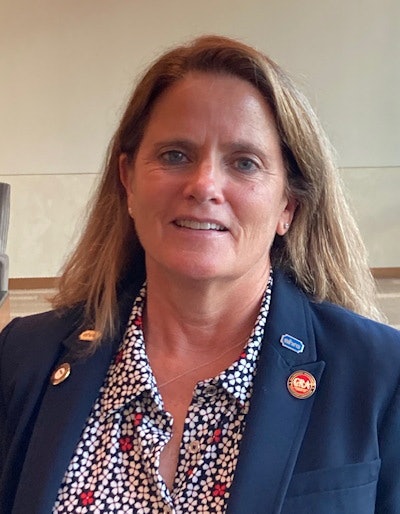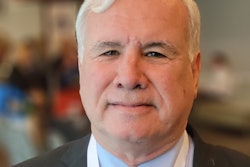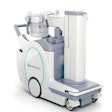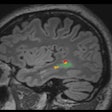
PHOENIX - When imaging volumes drop and radiology administrators are tasked with finding out why, hospital marketing departments may help. They usually have their finger on the pulse of the patient experience, according to a July 10 presentation at the AHRA 2022 meeting.
 Luann Culbreth.
Luann Culbreth.Luann Culbreth, director of clinical operations for HealthTrust in Nashville, TN, offered AHRA 2022 attendees a short course on key areas of operations management, including using marketing and public relations to assess customer satisfaction with imaging services.
"Most businesses use less than half of the customer information they collect, and some use almost none of it," Culbreth said.
Culbreth described her experience taking her first certified radiology administrator (CRA) test about 20 years ago and sharing her surprise with other new administrators afterward about how much of it was about marketing.
"What was all that marketing?" she recalls asking. The truth is that administrators at the time really weren't aware of the role of these departments in improving total quality management, a key area of operations, she said. Today, marketing has been shown to help in the following key areas:
- Research, program development, and promotion
- Evaluating competition
- Feasibility of various practice locations
- Legal and ethical constraints
- Life cycle of services and procedures
- Patient demand
- Patient perceptions
"When planning, don't forget to use your marketing department. They're not just about swag and tickets for the game," Culbreth said.
Process improvement requires methodologies and tools to respond to patients' needs. Tools on hand in marketing for collecting patient experience information include patient and physician satisfaction surveys, focus groups, and interviews.
However, when using these tools, beware of the potential for bias, Culbreth warned. All satisfaction measurement methods may produce biased results that can affect the accuracy and usefulness of the data. Among the best ways to prevent bias and increase the likelihood of accurate responses are to use multiple formats and vary the timing, she said.
Moving on to market planning, Culbreth suggested performing a SWOT analysis. SWOT is an acronym for determining your organizations strengths, weaknesses, opportunities, and threats. Strengths may include having advanced equipment, accreditations, even your extended hours of operation, while weaknesses can include wait times, outdated infrastructure, and patient parking woes. Ultimately, a SWOT analysis encourages an honest approach, she said.
"You have to identify what's not good about your place because patients are going to find out and your competitors are going to talk about it," she said.
Marketing and public relations departments may be in touch with local chambers of commerce and other stakeholders in the community and are geared toward providing market intelligence on patient demands and perception.
Thus, they can be used to help build alliances, Culbreth said. The ability of imaging facilities to align themselves with others is an essential component of a successful operation. Once an organization has identified its key objectives, it can begin evaluating the various types of alliances to determine which, if any, will best achieve those objectives, she said.
Ultimately, Culbreth noted that continuous quality improvement in operations management should start at the top of your organization, but because of the costs involved, processes often get pushed aside. Don't let that stop you, she said.
"Just because your lead doesn't buy in, you should still do it," she concluded.



















